No products in the basket.
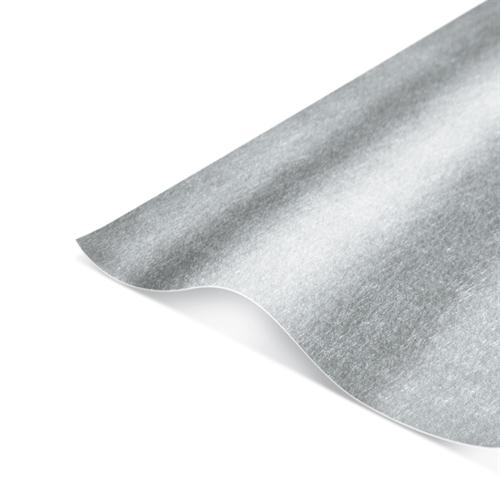
White Non Woven Drainage Membrane (200gsm) – Custom Sizes
Rated 5.00 out of 5 based on 1 customer rating
(1 customer review)
100% of buyers said they were satisfied.
From £71.93 Incl. VATFrom £59.94 Excl. VAT
White Non Woven Drainage Membrane (200gsm) – Custom Sizes
Fast Shipping
All orders are shipped in 1-3 business days.
Secure Checkout
SSL Enabled Secure Checkout
Order White Non Woven Drainage Membrane (200gsm) – Custom Sizes Online
MultiTrack 200GSM is a mechanically bonded needle punched geotextile drainage membrane. It is purposely built to withstand high amounts of pressure and weight, all while maintaining its ability to drain water and separate aggregates.
This makes the MultiTrack 200GSM geotextile membrane, perfect for use in situations like SUDS as well as heavy duty projects like railways (it is approved by network rail).
You would primarily look to use the 200gsm membrane for heavy duty separation and drainage tasks instead of house based projects.
The membrane must not be damaged before application so if there are any sharp objects that are in the way of the area that it will be applied ensure that they are moved out of the way so that the functionality and end result of the project is not affected in any way.
Benefits of using the MultiTrack 200GSM Geotextile membrane:
- MultiTrack 200GSM has exceptionally high tensile strength
- The product has a long life span due to its durability
- Provides good filtration and drainage
- It is mechanically bonded
- It has CBR properties
- It is a tested and proven to perform as a separator
- The material is resistant to a lot of common chemicals etc
- It can be cut to the size required for your project
MultiTrack 200GSM geotextile fabric should be covered with the desired application after 30 days of installation and no longer, this is to avoid the membrane being exposed to direct sunlight for too long as this could affect the properties of the goods and eventually the performance.
Furthermore prior to going ahead with installing the geotextile membrane be sure that it has been fully inspected for damage such as holes and tears.
What kind of project would you look to use theMultiTrack 200GSM geotextile drainage fabric for?
You would look to use this geotextile membrane for projects similar to or the ones listed below.
- Horse arenas
- Railway systems
- Heavy duty aggregate separation
- General building and landscaping jobs
If you are unsure what membrane you need for your project then just get in touch and our sales team will be able to give you the correct advice on what to do!
To make life easier for our customers EasyMerchant is offering this membrane in custom sizes. This offers the easiest and cheapest way to buy geotextiles anywhere. We roll out the full roll and cut off the size you require, saving you money and saving waste! Please do bear in mind that if you are ordering a custom size then this is a cut roll, that we have to unroll it in the yard and then fold it back up again once cut. It may arrive to you wet, or with some markings or dirt on it. I presume this won’t be an issue as it is to be buried underground, but I just want to make sure our customers are aware so that there are no surprises!
| Specifications | |
| Brand: | MultiTrack GTNW/16 |
| Material: | Polypropylene |
| Weight: | 200gsm |
| Product: | MultiTrack GTNW/16 Non-woven Geotextile |
| Tested to: | BS EN ISO 9001 |
| Pore Size: | 70 µm |
| Weight | 120 kg |
|---|---|
| Dimensions | 10000 × 10000 × 4500 mm |
| Length: | 10m x 2.6m, 20m x 2.6m, 30m x 2.6m, 40m x 2.6m, 50m x 2.6m, 60m x 2.6m, 70m x 2.6m, 80m x 2.6m, 90m x 2.6m, 100m x 2.6m |
| Application | Building, Civil Engineering, Commercial, DIY, Land Drainage, Residential |
| Brand | MultiTrack |
1 review for White Non Woven Drainage Membrane (200gsm) – Custom Sizes
Add a review Cancel reply
This site uses Akismet to reduce spam. Learn how your comment data is processed.
Related products
Rated 5.00 out of 5
(1)
From £128.40 Incl. VATFrom £107.00 Excl. VATRated 5.00 out of 5
(1)
From £2.18 Incl. VATFrom £1.82 Excl. VATRated 4.38 out of 5
(8)
£6.72 Incl. VAT£5.60 Excl. VAT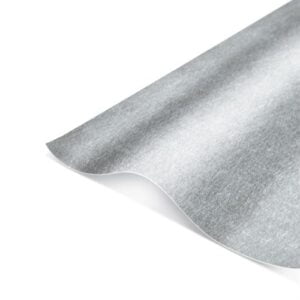
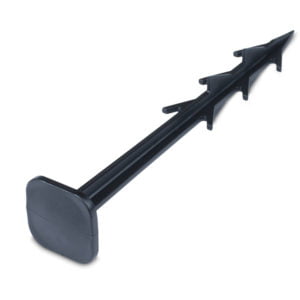
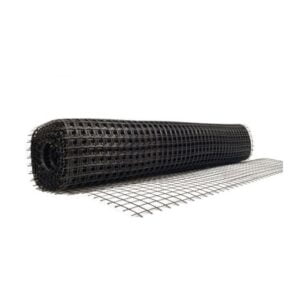
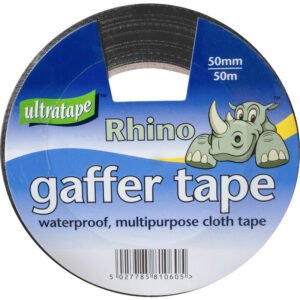
Dan Oakwell –
Super prices and informative staff.